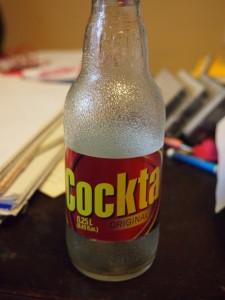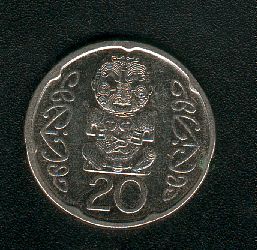How is it that I didn’t know until yesterday that Belmopan is the capital of Belize, and has been since before that country’s independence? If you’d asked before yesterday, I would have said Belize City. But I was looking at a globe and chanced to see Belmopan starred as the capital. Has Belize moved its capital? I thought. (The globe was new.)
The answer is yes: in 1970. I’m shocked at my ignorance sometimes. A new capital was built in the late ’60s, as Brazil built a new capital for itself in the late ’50s. Apparently, Belmopan isn’t known as a hotbed of modernism like Brasilia, at least to judge by the kind of buildings featured in the Wiki article.
On Saturday Ann and I went to downtown Chicago. As we headed eastward on Jackson, we came across a sparsely attended parade along Dearborn. One of the cops on duty told us we could go ahead and cross the street – the next part of the parade was still off in the distance – and I asked her what kind of parade it was. The 10th Annual Disability Pride Parade, it turned out. (She just called it the “Disability Parade”; I had to look up the rest.)
I think we missed most of it. We did happen to see the marchers – or rather riders, since they all seemed to be in vehicles – for Little People of America, the “nonprofit organization that provides support and information to people of short stature and their families,” to quote the little people themselves. I’m glad to know that they embrace the terms “dwarf” and “dwarfism,” a fine old word reaching back into the mists of Anglo-Saxon to maybe proto-Indo-European.
Other things I didn’t know: the organization was founded by actor Billy Barty, whom I’m certain I’ve seen on old TV or movies. Also, October is Dwarfism Awareness Month, at least in Arizona, California, Delaware, Illinois, Indiana, Kansas, Massachusetts, Mississippi, Missouri, New Mexico, New York, New Jersey, Oklahoma, and Puerto Rico. The org seems to be working on having the federal government so designate it.
And there’s this: the strange story of the Ovitzes and Josef Mengele. The things you find out if you’re paying attention never cease to amaze.






